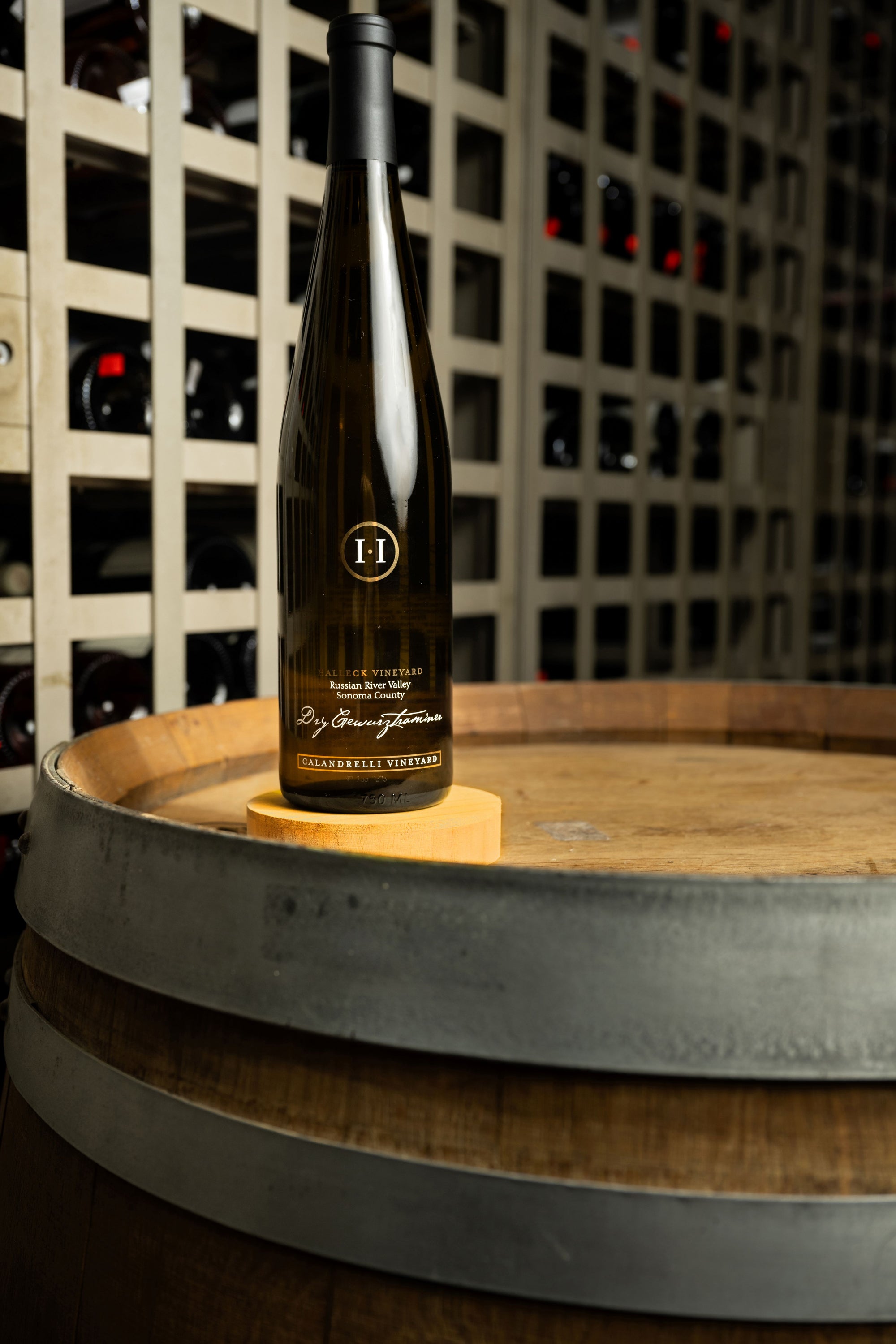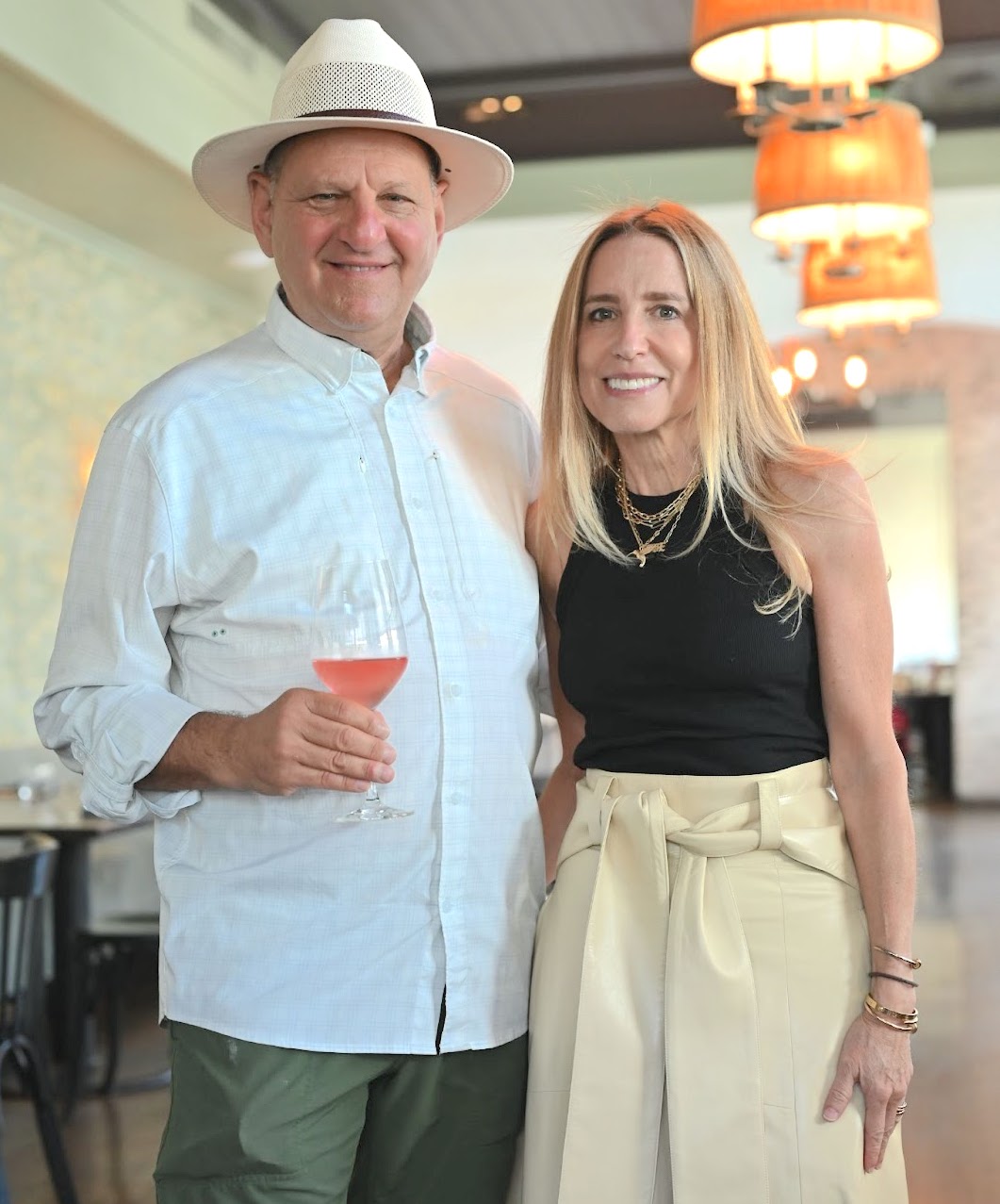Wineries With Locally Sourced Food Options - Sonoma County Wine Tasting Locations
Wineries With Locally Sourced Food Options - Sonoma County Wine Tasting Locations
Blog Article
Cultural Wine Experiences In Sonoma County - Sonoma Vineyards For A Perfect Day Out
Wine tasting is an art that combines sensory experience with an appreciation for the nuances of different varietals. How to judge flavors in winery wine tasting periods is pivotal to grasping the complexities of wine.
Engaging in a wine tasting includes greater than simply sipping and savoring. It requires a targeted strategy to identify aromas and flavors that every wine presents. As you start, observe the wine's look, noting its color and clarity. These visible cues usually counsel a wine’s age, grape selection, and even potential flavor profiles.
The next step in the tasting process is to swirl the wine in your glass. This action releases fragrant compounds which are important for evaluation. Lean in and take a second to inhale deeply; the aromas can vary from floral and fruity to spicy and earthy. The nostril of the wine is just as necessary because the palate, and recognizing scents plays a major role in understanding the overall experience.
When taking your first sip, enable the wine to maneuver across your palate - Small Batch Wineries In Sonoma Valley. Discover the initial flavors that current themselves. Is the wine fruity, floral, or maybe herbaceous? This initial style provides perception into what the wine is more likely to express as you proceed to gauge it. The mouthfeel also contributes to the general flavor experience; it can be silky, tannic, and even effervescent.
Wine Tasting Experiences With Local Cheese - Discovering Sebastopol's Wineries
As you proceed tasting, take note of the wine’s balance. A well-balanced wine will harmonize acidity, sweetness, and tannins. If one element overwhelms the others, it'd point out a much less fascinating quality. Evaluating stability might help you determine how properly the wine may pair with food.
Transitioning to the finish, contemplate how the flavors evolve as the wine lingers in your palate. A long, pleasant end can point out a high-quality wine, whereas a short or abrupt finish would possibly recommend in any other case. Mirror on whether the flavors stay constant or if new notes emerge as the wine settles. This progression can reveal complexities and intricacies that may not have been obvious within the preliminary tasting.
Temperature can additionally be a crucial factor in evaluating wine flavors. Completely Different kinds of wine are optimally loved at specific temperatures. White wines often shine when chilled, whereas pink wines usually carry out best at room temperature. When tasting, ensure the wine is at the acceptable temperature to fully recognize its character.
Interactive Wine Tasting Experiences In Sonoma - Top-Rated Wineries In Sebastopol
Pairing food with wine can tremendously improve the tasting experience. Meals can affect the perception of flavors in wine, both highlighting sure traits or diminishing them. When evaluating flavors, think about how the wine interacts with different meals, noticing which flavors are amplified or muted (Wineries Showcasing Local Art And Crafts).

Consider the affect of terroir as you engage in a winery tasting. Terroir encompasses the distinctive environmental elements that affect grape rising, together with soil composition, local weather, and geography. Understanding a wine's terroir can provide insight into its flavors and aromas, fostering a deeper appreciation for the choices made throughout its cultivation and production.
Education performs a fundamental position in enhancing one's capacity to gauge wine flavors. Learning about grape varieties, wine areas, and manufacturing strategies can pave the way for extra informed judgments during tastings. Moreover, attending workshops or classes can refine sensory skills and increase your flavor vocabulary, enabling you to articulate tasting notes extra successfully.

Finally, it is important to do find more information not overlook that evaluating wine flavors is a highly personal experience. Individual preferences and perceptions will invariably form one’s tasting journey. Enjoyment must be on the forefront, with the evaluation process performing as a tool to enhance understanding and appreciation somewhat than create inflexible pointers.
Popular Wineries With Outdoor Seating In Sonoma - Local Wineries In Sebastopol
In conclusion, mastering the method to consider flavors in winery wine tasting sessions involves a mix of sensory engagement, knowledge, and practice. By studying to determine aromas, assess the balance, and appreciate the intricacies of flavor, wine enthusiasts can deepen their connection to each bottle they encounter. As with any art form, the more one immerses themselves in the experience, the extra they will uncover and benefit from the huge world of wine.
- Start by observing the wine's color and clarity, as these visible parts can trace at its flavor profile and growing older potential.
- Swirl the wine gently in your glass; this releases aromatic compounds, permitting you to higher determine the complicated scents associated with the wine.
- Take a deep inhale earlier than tasting, specializing in both major and secondary aromas to collect insights on fruits, spices, and other nuances.
- When tasting, permit the wine to coat your palate; note the preliminary flavors, the mid-palate complexity, and the end as these phases can provide totally different flavor highlights.
- Pay consideration to texture and mouthfeel, as aspects corresponding to tannin ranges, acidity, and sweetness contribute significantly to the general tasting experience.
- Examine flavors against commonplace wine traits; for purple wines, think about berry notes, oak influence, and natural tones, whereas whites may embrace citrus, stone fruits, and floral hints.
- Take notes during the tasting session to trace your impressions, serving to you to remember and consider the completely different wines sampled.
- Talk About your findings with fellow tasters or winery staff, as sharing insights can improve understanding and appreciation of individual flavors.
- Allow time for the wine to breathe; generally, flavors evolve and reveal new dimensions after being uncovered to air.
- Experiment with food pairings through the tasting as they will dramatically alter how flavors are perceived, influencing general enjoyment.undefinedWhat ought to I look for when evaluating the aroma of wine throughout a tasting?
Begin by swirling the wine in your glass to launch its aromas. Bring the glass to your nostril and take a deep breath. Pay consideration to the primary scents you detect, as these are sometimes essentially the most prominent. Look for fruit, floral, natural, or earthy notes and attempt to establish particular characteristics, which can deepen your understanding of the wine's complexity.
Wineries In Sebastopol - Sonoma County's Best Wine Experiences
How can I distinguish between completely different flavor profiles in wine?
Understand that flavor profiles are often categorized as fruit, floral, herbaceous, spicy, or mineral. Take small sips and allow the wine to coat your palate. Discover the first flavors that emerge first and the subtle notes that follow. This layering is essential in distinguishing the wine's characteristics and can assist you to respect its unique profile.
Family-Friendly Wineries Near Sebastopol - Best Vineyard In Sonoma
What is the importance of the wine's texture in a tasting?

The texture of the wine, also referred to as mouthfeel, performs a crucial position in how we perceive flavors. Pay consideration as to whether the wine feels smooth, creamy, or gritty. The body of the wine (light, medium, or full) can enhance or distinction with flavors, providing a more rounded experience throughout tasting.
How do I assess the steadiness of flavors in wine?
Balance in wine refers to the concord between acidity, sweetness, tannin, and alcohol. Take a moment to evaluate whether go to this site or not these elements complement or interfere with one another. A well-balanced wine may have none of its elements overpowering the others, creating a pleasant tasting experience.
Wineries Offering Educational Wine Seminars - Vines And Views In Sonoma Wine Country
What role does temperature play in evaluating wine flavors?
Temperature can considerably influence the notion of flavors. Usually, purple wines are best served slightly under room temperature, whereas white wines take pleasure in being chilled. As the temperature modifications, the aromas and flavors can shift, allowing you to understand totally different traits. It’s essential to taste wine at its optimal temperature for true evaluation.
Wineries Offering Elegant Wine Tastings - Sonoma County's Best Wine Experiences
How can I enhance my tasting skills over time?
Practice is key to bettering your tasting skills. Wineries In The Heart Of Sonoma County Wine Region. Attend tastings, keep a journal of your experiences, and explore different types of wines to broaden your palate. Moreover, learning about wine production and grape varieties can provide context that enhances your evaluation process, making you a more informed taster.
Is there a specific order by which I ought to style the wines?
Wineries Near Highway 12 - Sonoma Wine Tasting Recommendations
Sure, it’s advisable to style wines from light to full-bodied and dry to sweet. This progression prevents the stronger flavors from overshadowing the extra delicate ones, permitting you to totally respect each wine's characteristics and nuances without palate fatigue.
How can I consider the aftertaste of wine?
Vineyard Tours With Guided Tastings In Sonoma - Wineries To Visit
The aftertaste, or end, is an important aspect of the wine-tasting experience. After swallowing, pay consideration to how long the flavors linger on your palate and whether or not they change. A long, pleasant end is usually an indicator of a high-quality wine, while a brief or disagreeable end could recommend otherwise.
Why is it necessary to notice the wine’s acidity during tasting?
Acidity contributes to the overall freshness and construction of the wine. Pay attention to the tingling sensation on your tongue; greater acidity can improve the wine's liveliness and balance out sweetness. Noting acidity helps decide the wine's versatility with food and its getting older potential.
What ought to I do if I battle to identify specific flavors in wine?
Wineries Near Highway 12 - Discover Sebastopol's Wine Scene
Struggling to establish flavors is widespread, particularly for beginners. Focus on broader categories and describe what you'll find a way to acknowledge, corresponding to candy or earthy notes. With practice, studying about totally different flavor profiles, and perhaps using flavor wheels, you'll refine your senses and develop a extra nuanced method to tasting. Report this page